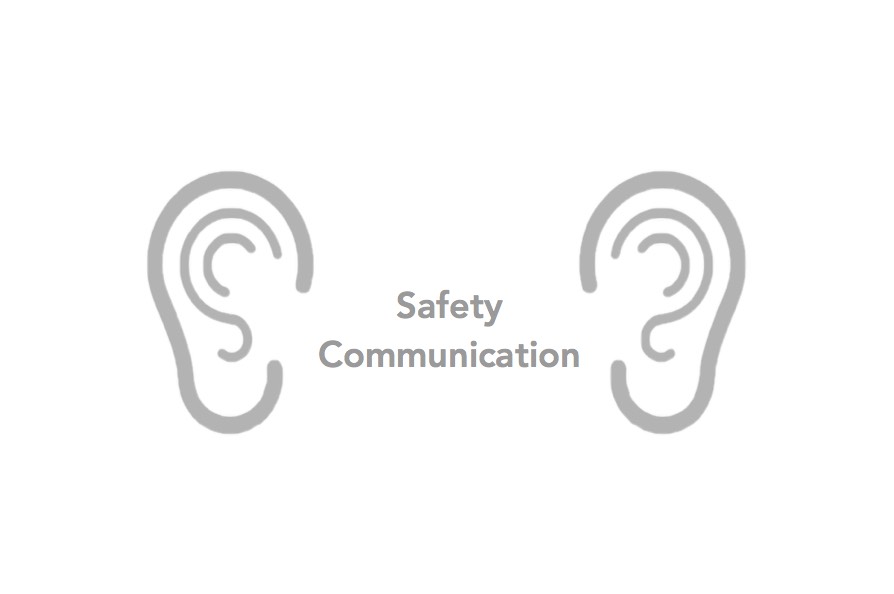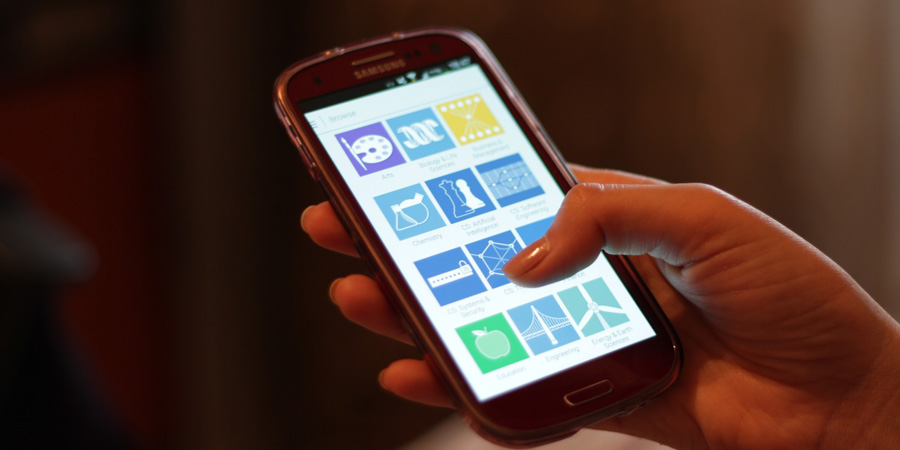Effectively sharing health and safety incidents and resolving inspection failures are two of the greatest challenges facing multinational enterprises. Safety officers need to receive fast and accurate checkups on workplace conditions to raise a company’s immunity to risk.
That’s why diagnosing and prescribing corrections for compliance and safety issues remains a top priority for businesses worldwide. However, sharing safety data efficiently is easier said than done, especially for large organizations whose workers span multiple continents.
A Fierce, Inc. survey discovered that 86 percent of executives and employees blame ineffective communication for workplace failures, while a research report by the UK Department of Work and Pensions found that 93% of employers and workers in large firms believe that the workplace and employees’ well-being are directly linked. The significance of both safety and communication isn’t lost on administrators or their staff, but clearly, organizations are suffering from a lack of clear directives. So what’s the treatment for a case of stuffed-up safety correspondence?
Vaccinate your workplace with health and safety inspection software!
The symptoms of unhealthy safety communication

The traditional method of sharing safety data involves mailing or emailing inspections, audits, and incident reports to safety officers or other responsible parties. Using slow-moving methods like these often hampers time-to-decision and clear communication, causing excessive pileups of unattended safety documents.
If incident reports and quarterly inspections are sent by email, they risk landing in the congested backlog of a supervisor’s inbox— assuming it ever ends up there at all. Worse still, the report could be completed with pen and paper and routed through unpredictable “snail mail,” ending up at the mercy of the postal service. This doesn’t promote great communication.
Emailing forms relies on employees in the field having access to digital copies, which usually means getting to a computer to type them up. If a fillable version of the form isn’t available, the reporting individual might be forced to print the form, fill it out by hand, scan it, and then email it. Of course, they’ll still have to wait for the email to be read. Fingers crossed they spelled that email address correctly!
Paper forms cause even longer delays. Post office systems located at local offices are a rare sight in the field. To file a report, remote workers waste precious time traveling to deliver forms or waiting for them to be collected. It could take days or even weeks to resolve the process from filling in a form to finally being read by a health and safety officer. By the time data is analyzed and solutions deployed, critical days of production could be lost to safety downtime.
Symptoms like these indicate that field operators are at risk of missing deadlines. They’re left holding the bag, waiting for further instructions and ultimately stifling productivity.
Curing health and safety communication with mobile-based management

Given a headache that accompanies traditional communication methods, it makes sense to use a quick and reliable platform for getting safety data into the right hands. Start by handing safety personnel access to a mobile-based system. Systems like these instantly eliminate communication headaches by providing connections in real-time to an online hub available at any time and anywhere in the world— all from a smartphone or tablet.
It’s an effective treatment for remote personnel that operates on sites across the globe. Being able to receive, view, and complete tasks, and receive near-instant feedback via a mobile device innoculates field operators against wasted time and crippled performance.
Software such as this provides notifications that, like a booster shot, keep everyone’s immunity to poor communication up— and any miscues down.
#1: Health and safety inspection notifications
Safety guidelines recommend that inspections be carried out daily or weekly. With notifications, management can alert trained safety personnel to inspection deadlines so that they complete routine checks on time and in line with company guidelines.
Notifications can also be used by inspectors to share completed reports with health and safety offers of in real-time. This enables rapid-fire analysis and allows officers to recommend corrective and preventive action within minutes.
#2: Incident report alerts
When you need communication moving at full tilt, real-time safety management software easily distinguishes itself from the snake oil of spreadsheets. If a field operator files an incident report, the platform instantly alerts the appropriate personnel. In the event of an accident or injury, these forms can include supporting materials such as notes and photos, giving administrators more in-depth information to determine the best solution for protecting their employees.
#3: Improved workflows
Processes get a tune-up from notifications, too. Workflows can kick job assignment into high gear, automatically designating tasks to the appropriate employees based on the outcomes of previous ones. Take safety inspections, for instance: if a completed inspection receives a failing grade, tasks are automatically generated for the right personnel to follow up and ensure compliance. Workflows minimize downtime, maximize safety, and keep everyone in the loop so that nothing is swept under the rug
With quality-of-life features like auto-filled time and date stamps, GPS coordinates, and automated calculations, key form data can be pre-populated to save time.
The traditional way of completing and communicating inspections and incident forms usually requires a handful of aspirin every time things go wrong. Treat the headache at the source by implementing a mobile-based safety management system. When notifications can be used to improve communication and ensure health and safety compliance, everyone can breathe a little easier. No more waiting for feedback, no more downtime, and no more deadlines missed.












Add Comment